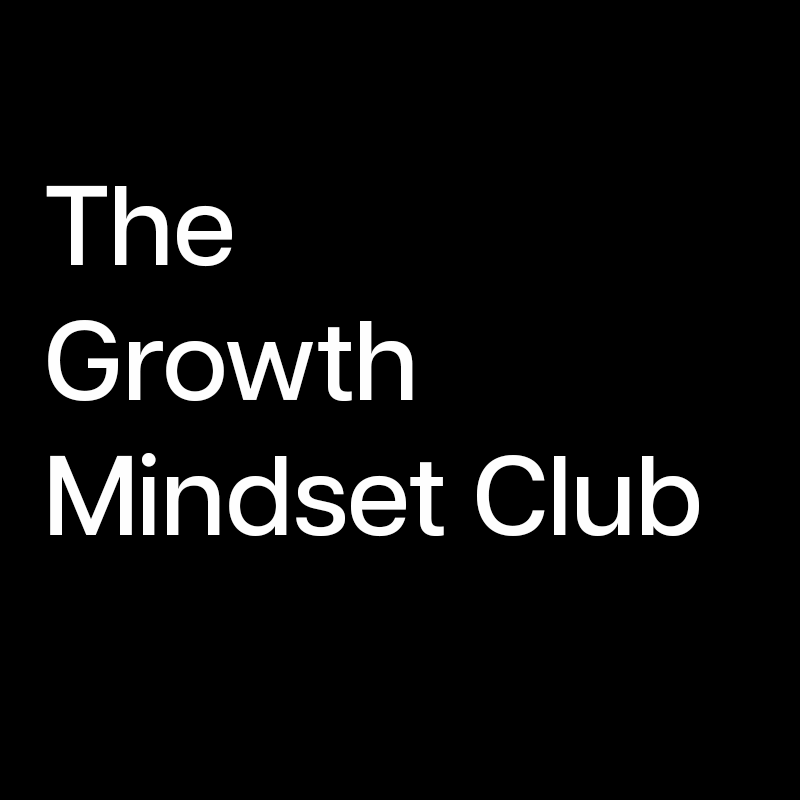We often think we need to choose between two opposites: being driven or being at peace, striving for change or learning to accept what is. But in reality, these opposites can work together. Think of Yin and Yang — two forces that seem completely different but actually complete each other. That’s how mindfulness and a growth mindset work. On their own, they’re powerful tools. But together, they create a balanced approach to life.
Are mindfulness and growth mindset opposites?
At first glance, they might seem like they’re pulling in different directions. Mindfulness is all about being in the present, letting go, and accepting things as they are. A growth mindset, on the other hand, is focused on the future, on learning, improving, and striving toward goals.
But that’s exactly why they work so well together.
A mindfulness practice — often built around meditation — helps us become more aware of our thoughts, our surroundings, and how we respond to both. It trains us to stay grounded in the moment, no matter how loud our mind gets.
A growth mindset teaches us that we can always learn and grow. It’s not about perfection. It’s about believing we can change, adapt, and move forward — even after setbacks.
Each one gives us a different kind of control. Mindfulness shows us that we don’t have to react to everything. We can observe, accept, and choose our response. Growth mindset reminds us that we’re not stuck. We can learn, we can improve, and we can try again, benefiting from a combination of mindfulness and an attitude focused on growth.
One teaches stillness. The other teaches movement. Together, they give us balance.
The power of mindfulness
Our minds love to wander. We plan the future, we replay the past. Mindfulness helps us gently return to the now. Meditation is one of the most common practices, and it’s not always easy. We want quick results, clarity, peace. But often, what we get is discomfort, impatience, or frustration.
And that’s the point.
We learn to sit with those feelings. To notice our thoughts and let them pass without attaching to them. That’s non-attachment — not pushing thoughts away, but not getting carried off by them either.
Over time, mindfulness builds patience, self-compassion, and the ability to sit with what is. It teaches us to approach discomfort with curiosity instead of fear. We stop judging ourselves for what we feel. Instead, we lean into those moments with an open mind, a beginner’s mind, which is essential in both mindfulness practices and fostering a growth mindset.
We learn to trust our experience. To trust ourselves.
The strength of a growth mindset
Our mindset is shaped by what we’ve been through — but it also shapes what’s ahead. You might have a fixed mindset in some areas of your life and a growth mindset in others. That’s normal. What matters is knowing that change is possible.
A fixed mindset says, “This is just how I am.” It feels safe, but it can also feel heavy. It can lead to hopelessness when things aren’t going well.
A growth mindset says, “I can learn. I can try a different way. I can grow.” It’s not about denying reality — it’s about choosing not to be defined by it. When we believe we can learn new skills or adopt new habits, we’re more likely to take action. We stop waiting for things to change and start steering the wheel ourselves.
It’s a shift in belief.
The balance of both
On its own, mindfulness can bring peace and clarity — but without a growth mindset, we might not stick with it long enough to feel the benefits. We might struggle to see how it fits into a bigger picture of change.
On the flip side, constantly chasing improvement without mindfulness can lead to burnout. If we believe we have to always be better, we’ll never feel like we’re enough.
That’s why balance matters. Adopting both mindfulness practice and a growth mindset can help us develop a more objective and positive approach to life.
There are times to push forward, to step out of our comfort zone and take risks. And there are times to rest, to accept what’s happening, and to treat ourselves with kindness. Knowing the difference — knowing when to act and when to pause — is the real skill.
If you’re going through a tough time and feel like you could use some guidance, I’d love to help. You can book a free chemistry call or a 1:1 session that combines mindfulness practices and personal coaching.
Let’s figure out your next step — whether that’s taking a breath or taking action.
